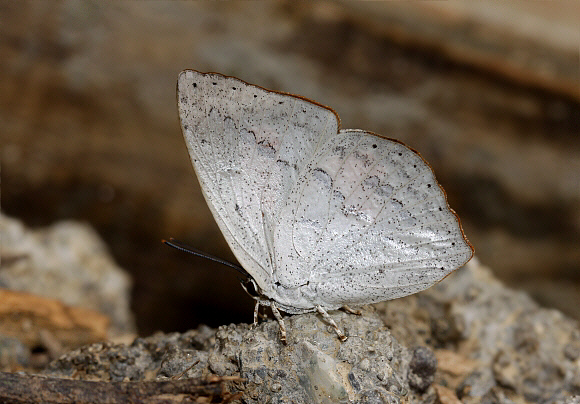
Introduction
The genus Curetis comprises of 18 known species variously distributed from India and Sri Lanka to China, Japan, the Philippines, Malaysia, Sumatra, Borneo, Sulawesi, Papua New Guinea and the Solomon Islands.
The butterflies are known as Sunbeams, due to the brilliant metallic coppery-red uppersides of the males, which glint in the sunshine. Females are earthy brown with large suffused white patches on the upperside, and can easily be mistaken in flight for small Pierids. The undersides of all species are silvery-white and in most species are devoid of markings.
Curetus bulis can be recognised from the underside by the diagonal line running from the apex of the forewing, aligning with the upper cluster of fasciae on the hindwing. On the upperside it has a distinctively shaped coppery patch on the hindwing. Both sexes of the dry season form often have angled hindwings, but wet season forms have rounded hindwings. This phenomenon also occurs in dentata, acuta and certain other Curetis species.
Curetis bulis is found in north-eastern India, Myanmar, Thailand and peninsular Malaysia.
Habitats
This species inhabits rainforest and humid deciduous forest at elevations between sea level and about 800m.
Lifecycle
The larvae feed on Pongamia, Pueraria, Millettia and Sophura ( Fabaceae ).
Adult behaviour
Males are usually encountered in one’s and two’s, perching on the foliage of trees or bushes in light gaps where sunlight penetrates though breaks in the forest canopy. They also sometimes settle on the forest floor to imbibe mineralised moisture. Females are more commonly seen in flight around bushes and herbaceous plants in forest edge habitats.
